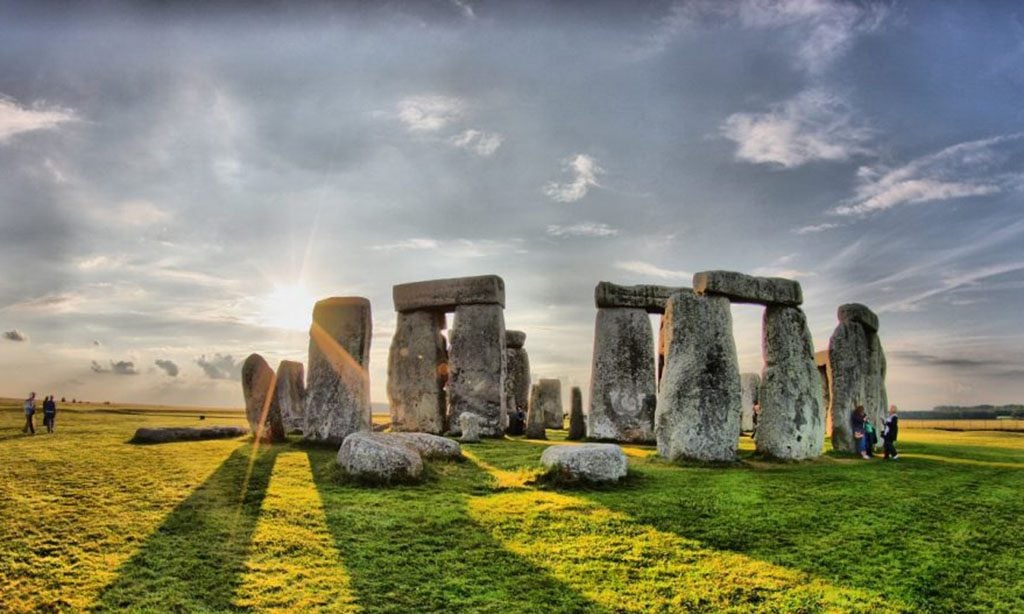“It’s so hot!” If your children are anything like mine, I bet you hear that phrase a lot in the spring and summer months. That is why summer days are called “dog days” as they are doggedly hot and seem to drag on. Though the days are hot for many of us already, summer just arrived! The Summer Solstice, the longest day of the year, was June 21st when the sun was at its highest point in the northern sky, and its lowest point in the southern sky. Spend some time this month learning all about the science behind the summer solstice and sky calendars and incorporate a fun STEM summer project outdoors by exploring science and the sun!
The History
The word “solstice” comes from the Latin solstitial, meaning sun-standing. The summer solstice derived its name from its Latin roots as it is the day when the sun seems to stand in the sky. For thousands of years, man has been tracking celestial movements, seeing that the sun and stars moved in repeated paths. We now know that this is because the earth is rotating on an axis and is moving in a particular pattern around the sun. But, this knowledge is rather new to mankind! Spend some time exploring science outside learning about the sun, moon, stars, and ancient calendars through these STEM summer projects.
- Research the history of the summer solstice then create a map of the earth’s equinox and solstices like this one from archaeoastronomy.com.
- Study the history of celestial navigation. Create star maps as an early explorer might have to guide him on his travels.
- Explore archaeoastronomy through celestial calendars such as those made by the Mayans or in early Britain at Stonehenge.
- Dive into the history of the modern calendar and discover how it relates to the sun, moon, and stars!
- Explore the Chinese calendar and the many cultural customs and festivals related to it.
- Complete these amazing children’s astronomy activities from Harvard. Then, get outside at night and chart, map, or explore the heavens while stargazing! Keep a journal of the constellations you find.
- Make sun weavings similar to those used in historical cultures to celebrate the solstice.
- Learn about sunflowers and then plant a sunflower garden!
- Create a summer solstice sensory tub for little ones like this one from naturestore.com.
Summer will be here before you know it. Spend the last few weeks of June discovering more about calendars, astronomy, and more through these engaging STEM summer projects. Your children will soon forget about the heat as they’re learning more and more about the sun!
How will you celebrate the summer solstice? Tell us in a comment below!







